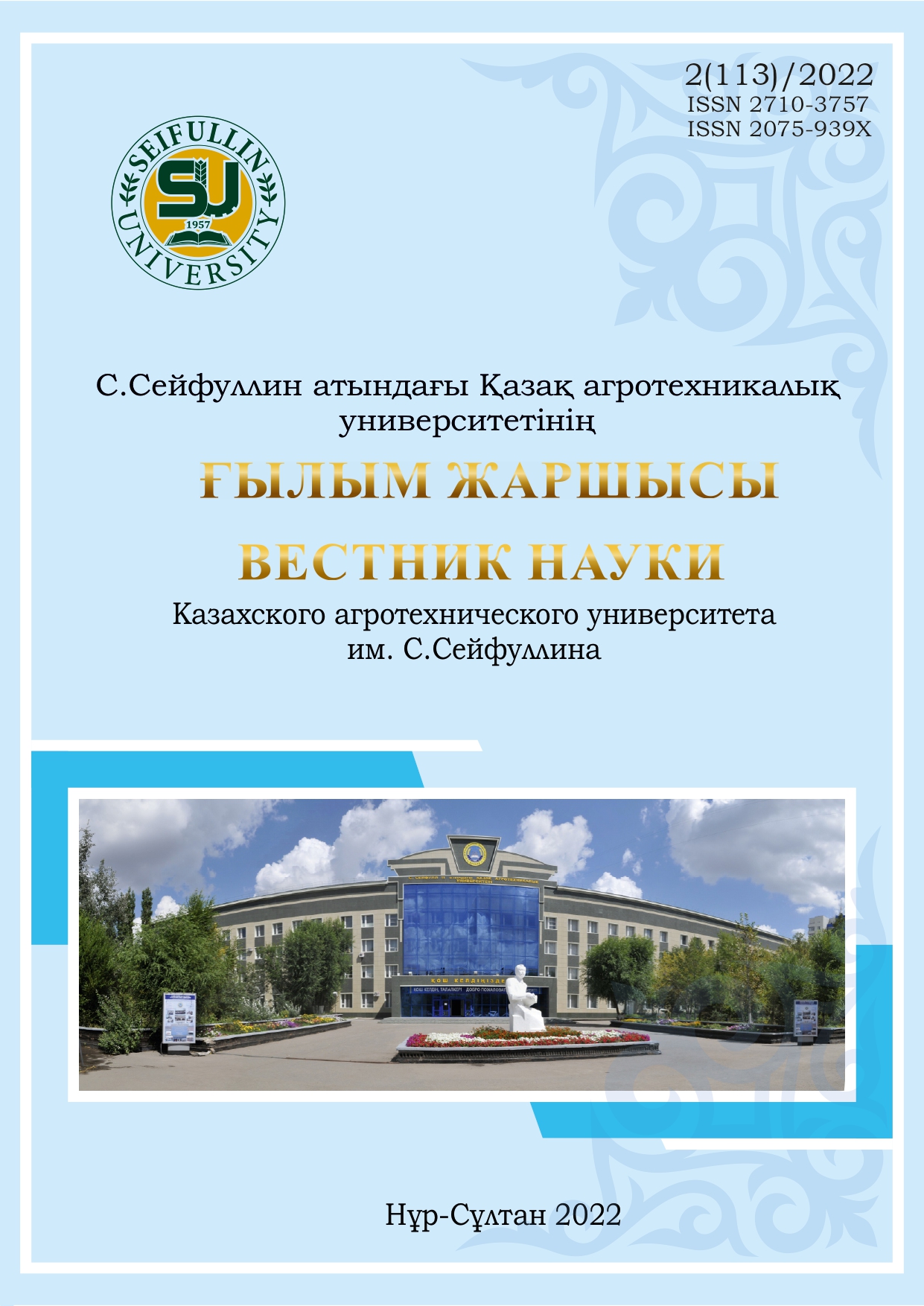FEATURES OF WATER AND NUTRITIONAL REGIMES OF GRAY-BROWN SOILS IN SEASONAL PASTURES OF THE DESERT ZONE OF THE SOUTH-EASTERN BALKHASH REGION
DOI:
https://doi.org/10.51452/kazatu.2022.2(113).1076Keywords:
pasture; gray-brown soil; pasture rotation; water and nutrient regime; bulk densityAbstract
In Kazakhstan, out of the 188.0 million hectares of pasture land available, 80.0 million hectares are concentrated mainly near settlements. At the same time, in general, the livestock of all animal species is concentrated in this territory, and they are currently undergoing degradation. Due to irrational use and violation of traditional grazing rules near settlements, the subjects experience a shortage of pastures, and remote distant areas are used inefficiently. Therefore, at present, it is important not only to increase the productivity of fodder lands, but also the organization of distant pasture animal husbandry. A special role in the implementation of the latter is occupied by the water and thermal regime of soils, on which the yield of pasture fodder depends. In this connection, this paper presents the results of studies of the water and thermal regimes of gray-brown soils in the system of perennial and seasonal pastures of the desert zone of the southeastern Balkhash region. The results found that in the identified 4 independent areas, the total moisture reserve of desert gray-brown soils by the end of the study compared with the spring period decreased by almost 2 times, due to the consumption of plants during the growing season. Seasonal use of pastures had a positive impact on the physical condition of the soil, as well as an increase in the content of fertility elements from 0.87 to 0.94% in a layer of 0-10 cm of soil.

